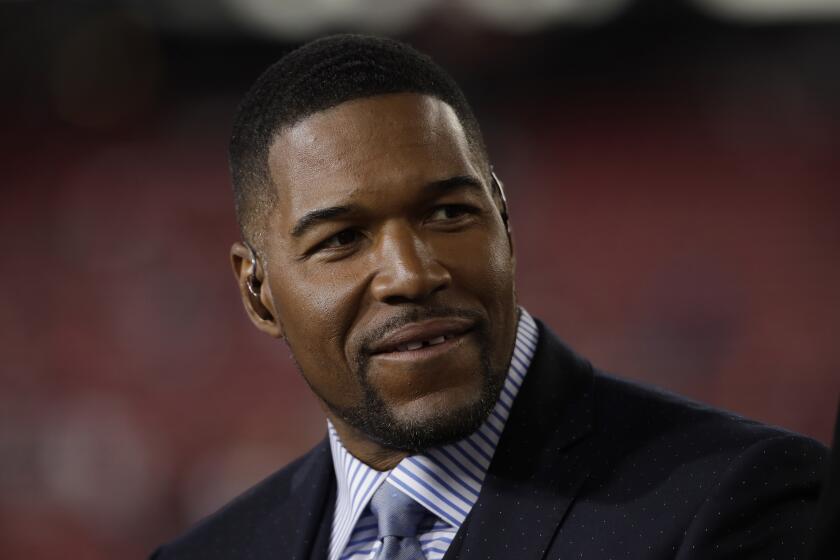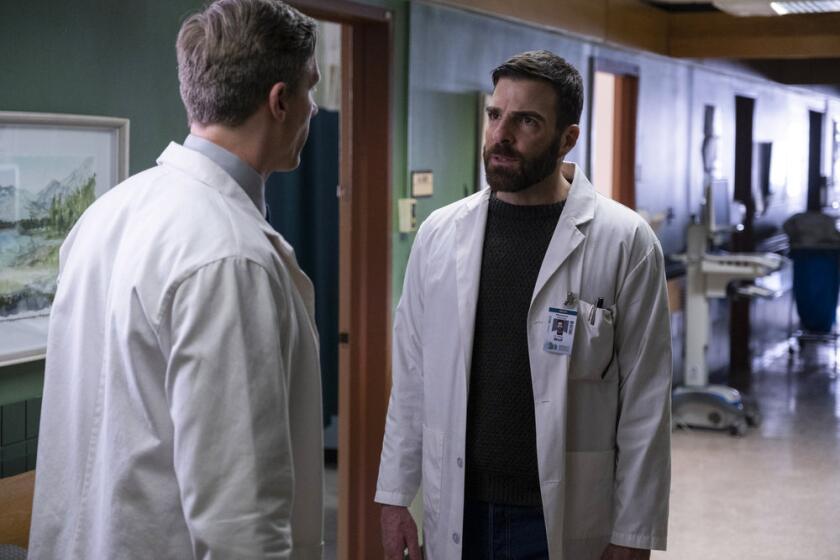Independent Stations Urged to Toot Own Horn
Independent television stations are growing stronger every day. The problem is that the right people don’t know it yet.
That was the message Wednesday from Preston Padden, president of the Assn. of Independent Television Stations (INTV), which kicked off its annual convention at the Century Plaza. The meeting continues through Saturday.
At the convention’s opening session, Padden told representatives of independent stations from across the country that, although independent stations are enjoying faster growth than cable TV systems, and are gaining new viewers as fast as the three major networks are losing them, both viewers and advertisers continue to underestimate the power of independent TV.
Padden and other speakers, including William Frank, general manager of Los Angeles’ independent station KCOP Channel 13, exhorted independent station managers to take on the responsibility of getting the message out to both the public and advertisers that independent television is a force with which to be reckoned.
Padden’s message was twofold: The public must recognize independent television stations as an important force in maintaining its right to “free TV” in the burgeoning world of cable and other pay TV sources. And the advertisers must be made to recognize the growing popularity of independent stations in order for independent TV to get its fair share of the advertising pie.
Padden noted that, despite independent TV’s recent popularity surge--which he attributed in part to recent “event” programming such as “The Godfather Saga” and “Who Shot JFK?”--many independent stations are still losing money because they have not been aggressive enough in chasing the advertising dollar.
“We have committed the cardinal salesman’s sin,” Padden said. “We . . . do a good job of getting our fair, proportionate share of local and national spot dollars. But when it comes to the $11 billion planned and executed for network-type invoice buys, it’s a different story.”
Padden said that independent stations have seen a 43% increase in viewership over the last five years, while the combined audience share for ABC, CBS and NBC has dropped by 15%. Still, he noted that the networks continue to “capture 80% of the (advertising) dollars with only 59% of the viewing.”
Added Padden: “The cable guys get their piece with an even 12% of both audience and revenue. And we (independents) end up underselling our audience position by a whopping 96%. As you can see, we do 25% of the audience but capture only 1% of the revenue.
“I can promise you this . . . we will have no higher priority in 1989 than to assist our members in the search for the right mechanism to enable network dollars to follow the viewers to independent television.”
Padden encouraged independent stations to become more aggressive in producing unique local programming in order to draw viewers away from cable.
Meanwhile, Frank announced that INTV would launch an active campaign in April to educate viewers about the importance of the independent station in preserving their access to “free TV,” rather than allowing pay cable services to put a price on the bulk of quality programming.
Milton Maltz, chairman of the association’s Free TV Task Force, said that independents remain crucial to the viewer in providing free coverage in times of “national triumph and national tragedy,” and noted that the public must be warned that the encroachment of pay cable into such coverage puts the nation at risk of making basic information a privilege of the rich.
“As the song says, ‘You don’t know what you’ve got ‘til it’s gone,’ ” he said.
The complete guide to home viewing
Get Screen Gab for everything about the TV shows and streaming movies everyone’s talking about.
You may occasionally receive promotional content from the Los Angeles Times.



